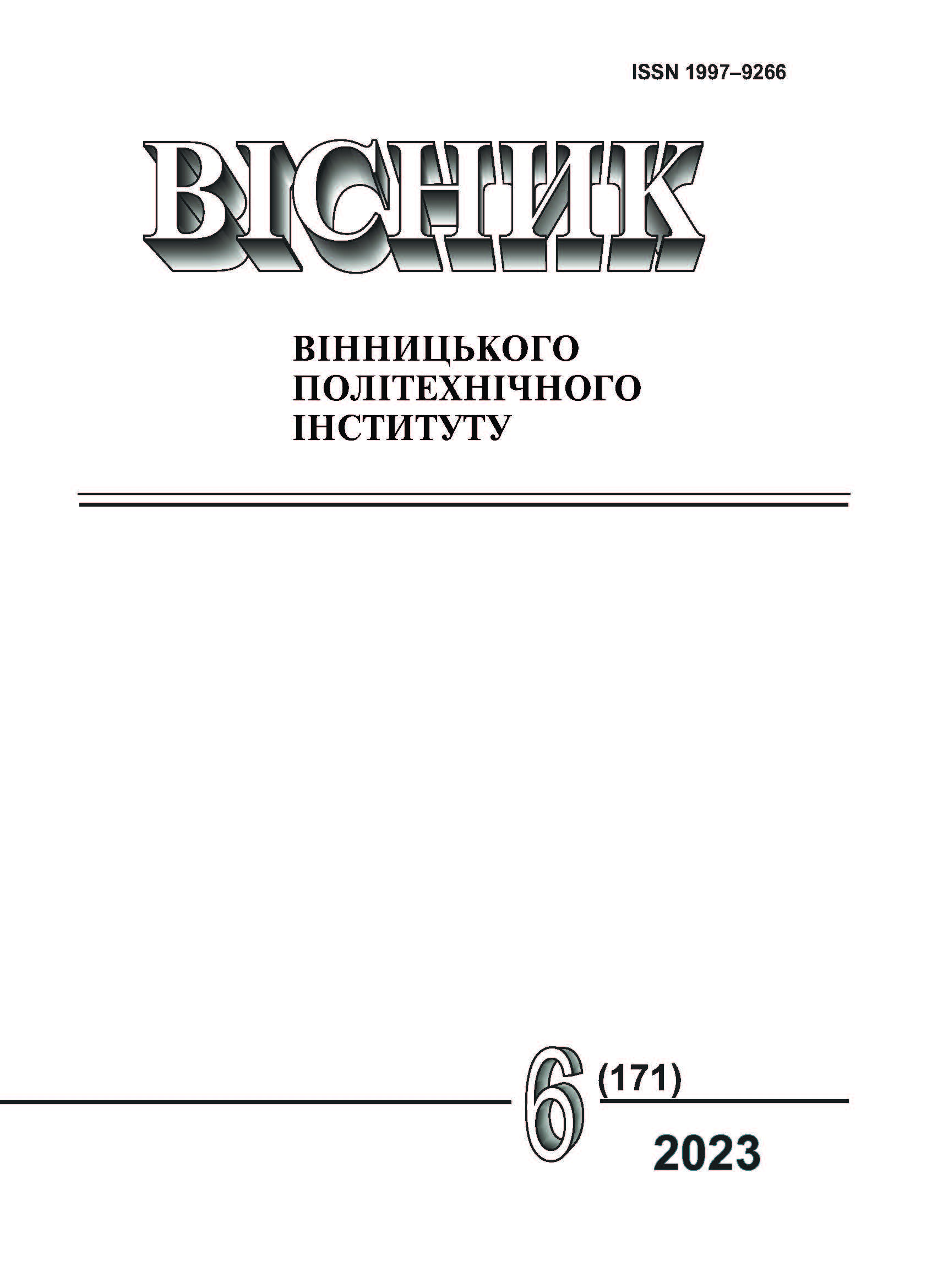Analysis of the Travel Behavior of Ukrainian Population During the Initial Phase of Full-Scale Invasion
DOI:
https://doi.org/10.31649/1997-9266-2023-171-6-65-70Keywords:
travel behavior, transport flow formation, disruptions, evacuation during the warAbstract
The impact of various emergency events on transportation systems is of interest to many scientists. At the same time, understanding the changes in traffic flows during wartime is not well researched in the world scientific community. However, understanding the principles of movement of residents during such large-scale events will allow for a better and faster response and ensure better functioning of transport systems in an emergency situations. The paper investigates main features of the formation of transport behavior of the population of Ukraine at the beginning of the full-scale invasion of Russia. For this purpose, an online survey was conducted among people who were in Ukraine as of February 24, 2022. Responses were received from residents of all regions of the country (except for the Autonomous Republic of Crimea) and all age groups. Evacuation was defined as leaving one’s permanent place of residence for a period of one month or more, unless the person had returned to the original settlement earlier. The distribution of the number of responses from respondents who evacuated and those who did not is approximately the same. Among those who refused to evacuate, the reasons for this decision are examined. The conditions under which the respondents were forced to leave their settlements are also analyzed. The percentage distribution of evacuation distances from the primary place of residence is determined. The data on the time of the decision to leave their homes since the beginning of the big war were obtained. In addition, the main directions of evacuation were identified. The increase in traffic and often the reduced capacity, or even the inability to follow the usual route, created a situation for some respondents where they had to spend much more time traveling to their destination than under normal conditions. Therefore, the time residents spent evacuating and the distance to the (temporary) shelter from their settlements were also analyzed. The results of this work are important for further analysis and will be compared with the data obtained by means of transportation modeling.
References
G. Marsden, J. Anable, J. Shires, and I. Docherty, “Travel behaviour response to major transport system disruptions: Implications for smarter resilience planning,” International Transport Forum Discussion Paper, no. 2016-09, Organisation for Economic Co-operation and Development (OECD), International Transport Forum. Paris.
L.-G. Mattsson, and E. Jenelius, “Vulnerability and resilience of Transport Systems – a Discussion of Recent Research,” Transportation Research, Part A: Policy and Practice, no. 81, pp. 16-34, 2015. https://doi.org/10.1016/j.tra.2015.06.002 .
S. S. Patra, B. R. Chilukuri, and L. Vanajakshi, “Analysis of road traffic pattern changes due to activity restrictions during COVID-19 pandemic in Chennai,” Transportation Letters, no. 13 (5–6), pp. 473-481, 2021. https://doi.org/10.1080/19427867.2021.1899580 .
P. Bucsky, “Modal share changes due to COVID-19: The case of Budapest,” Transportation Research Interdisciplinary Perspectives, no. 8, pp. 100141, 2021. https://doi.org/10.1016/j.trip.2020.100141 .
E. Macioszek, and A. Kurek, “Extracting road traffic volume in the city before and during covid-19 through video remote sensing,” Remote Sensing, no. 13 (12), pp. 2329, 2021. https://doi.org/10.3390/rs13122329 .
S. T. Waller et al. “Analyzing and modeling network travel patterns during the Ukraine invasion using crowd-sourced pervasive traffic data,” Transportation Research Record: Journal of the Transportation Research Board, no. 2677 (10), pp. 491-507, 2023. https://doi.org/10.1177/03611981231161622 .
M. Saberi et al. “A simple contagion process describes spreading of traffic jams in urban networks,” Nature Communications, no. 11 (1), 2020. https://doi.org/10.1038/s41467-020-15353-2 .
International Organization for Migration. Ukraine Crisis 2022–2023: 1 Year of Response. [Electronic resource]. Available: https://www.iom.int/sites/g/files/tmzbdl486/files/documents/2023-02/IOM_Ukraine_Regional_Response-1_Year_Special_Report.pdf . Accessed: 14 February 2023.
Інститут демографії та соціальних досліджень імені М. В. Птухи Національної Академії Наук України, «Чисельність населення по регіонах (за оцінкою) на 1 лютого 2022 року та середня чисельність у січні 2022 року,» [Електронний ресурс]. Режим доступу: http://db.ukrcensus.gov.ua/PXWEB2007/ukr/news/op_popul.asp .
Downloads
-
pdf (Українська)
Downloads: 123
Published
How to Cite
Issue
Section
License

This work is licensed under a Creative Commons Attribution 4.0 International License.
Authors who publish with this journal agree to the following terms:
- Authors retain copyright and grant the journal right of first publication.
- Authors are able to enter into separate, additional contractual arrangements for the non-exclusive distribution of the journal's published version of the work (e.g., post it to an institutional repository or publish it in a book), with an acknowledgment of its initial publication in this journal.
- Authors are permitted and encouraged to post their work online (e.g., in institutional repositories or on their website) prior to and during the submission process, as it can lead to productive exchanges, as well as earlier and greater citation of published work (See The Effect of Open Access).





